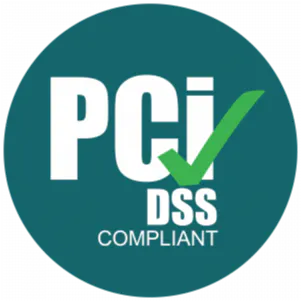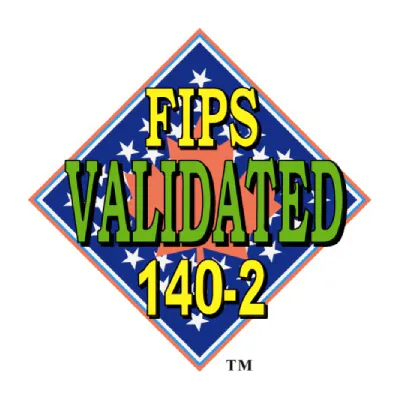Machine Identity Management
The rapid growth of digital and cloud technologies means more machine identities exist than ever before. These identities serve as a weakness in any organization when left unprotected. Machine identity management (MIM) includes company processes and technologies for assigning and managing digital credentials and certificates for devices and systems.
Effective machine identity management is essential today for any company looking to improve how they approach security. But, what are machine identities? How does a company manage them? And how does this interact with key management? Keep reading to learn everything you need to know about MIM.
What is Machine Identity Management (MIM)?
MIM is an umbrella term for any practice or technology striving to securely manage systems, applications, and any form of physical or virtual machine identity. It does this by authenticating access privileges.
MIM covers the identity management processes required to identify, manage, and protect the data shared between machines.
What Are Machine Identities?
A machine identity is a descriptor for any device or system requiring authentication before granting access to internal system data or infrastructure.
A few examples of machine identities include:
- Physical devices like a computer or server
- Scripts
- Processes
- Virtual Machines
- Applications and services
- Containers
These identities include both physical or virtual machines. This matters today as companies may have a combination of both physical and virtual machine identities. For example, a user may use their smartphone (physical machine) to access a cloud-based app (virtual machine). While this may be human-driven — it also includes an interaction between two machine identities.
How Does Machine Identity Management Work
A machine identity requires validation before it can receive authorization and access. That’s where a company’s Public Key Infrastructure (PKI) comes into play.
PKI combines cryptography, public and private keys, certificate authorities (CA), revocation lists, and other security tools to validate an identity. It’s the infrastructure that verifies human and machine identity trustworthiness and is a core part of Zero Trust.
This process often starts with assigning a certificate or identity key — to verify the sender’s identity and public and private keys.
Certificates can be issued by vetted third-parties or internally. Both physical and virtual machines may require certificates or an identifying SSH key before access can be granted. Additionally, many of the machine identities previously mentioned use a full range of credentials to grant authorization and access.
Why is it Important to Secure Machine Identity Credentials?
Securing machine identities is necessary today. The challenge is managing the machine’s entire credential lifecycle. It’s crucial to have robust security from issuance to revocation and every step in between.
Failing to manage machine identities properly creates a new attack vector. Additionally, employees may be unable to access the data and systems they need if credentials expire. Digital certificates and credentials must be stored, secured, and properly managed to ensure security and business continuity.
Managing an increasing number of machine identities at scale is challenging. That’s where unified secrets management platforms help. These platforms centralize storing certificates, credentials, and keys to simplify MIM workflows.
Challenges Facing Machine Identity Management
MIM is crucial, but what does it take to secure and manage these identities effectively? There are several challenges to overcome.
Manually Governing Identities
Relying on manual processes for managing machine identities is hard for growing companies. MIM can undoubtedly be handled manually but will absorb the IT team’s time and create the potential for human error. Manually enrolling devices, renewing certificates, and revoking privileges is time consuming when managing a never-ending list of machine identities, endpoints, and internal processes.
Exploring ways to automate critical processes in tandem with centralized, secure secret storage can help manage machine identities. Centralization not only brings your MIM workflows into one place, but it improves visibility over the entire process.
Certificate Centralization
Digital certificates are a core component of MIM. They work to identify and authenticate a given identity. Additionally, it’s common for different departments with varying access levels to use the same machine identity.
As a result, IT teams need a centralized location to store certificates. Centralizing certifications allows administrators to manage them without needing to navigate various tools. In fact, certificate centralization is a crucial best practice for secrets management.
Public and Private Key Security
Decryption and encryption keys serve as the foundation of data security. Having deficient processes and tools for managing these keys can be detrimental.
Everything involving machine identities — the certificates, credentials, and keys — relies on encryption and decryption. Encryption keeps all credentials and certificates secure.
Improper management can create a series of new vulnerabilities for an internal or external malicious actor to exploit. Having robust security measures in place for key storage is a cornerstone of a strong security posture.
Managing Compliance and Regulatory Requirements
A growing and overlapping concern with security is staying in full compliance with any regulations or certification requirements. Depending on your industry, you must consider third-party requirements to avoid incurring fines, penalties, or shutting down entirely.
Securely managing all machine identities helps you create a more secure ecosystem and prove it to auditors. Effective MIM will allow you to show to auditors that you’re fully compliant and prevent breaches that may risk your standing.
Secure Machine Identity Management with Akeyless
Modern enterprises face a new, complex technology ecosystem compared to previous decades. With so many systems, machine identities, compliance requirements, and threats — it’s exceedingly important for every device and third-party system to have securely managed identities to protect your company.
Akeyless allows you to implement robust secrets management to secure and automate all machine identities, including certificates and SSH keys, and to strengthen your security posture. Book a demo today to learn more about how our platform can help.










